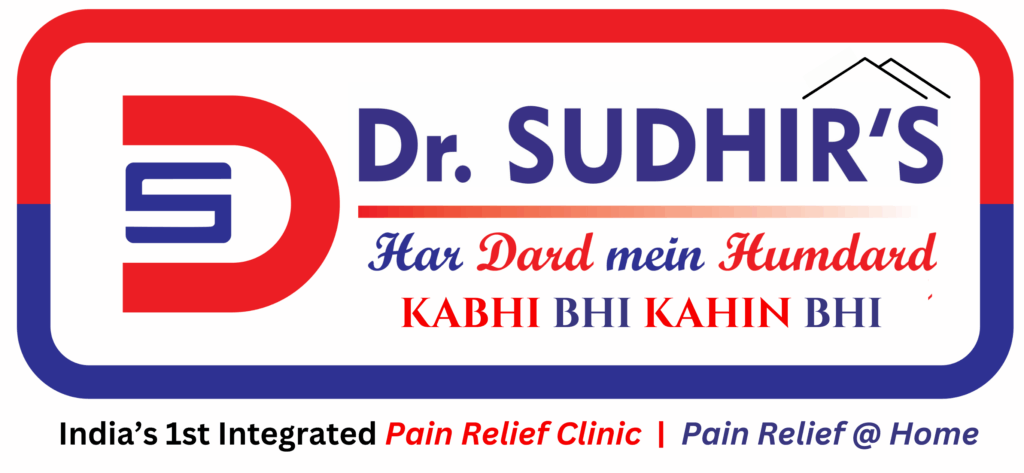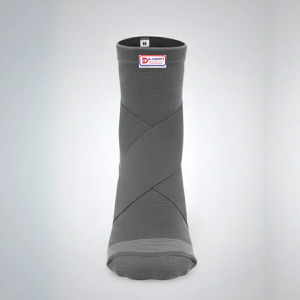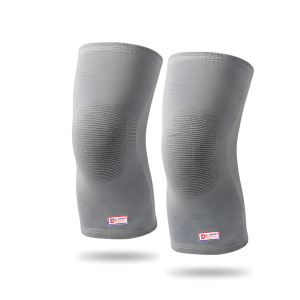Living with chronic pain can be overwhelming. For many patients, painkillers alone are not enough — and surgery may not be the best option. This is where a comprehensive pain management plan comes in, combining medical treatments with physiotherapy.
At Dr. Sudhir’s Pain Relief Clinic, we believe that physiotherapy plays a vital role in long-term pain relief. It not only reduces discomfort but also strengthens the body, prevents recurrences, and improves overall mobility.
What is Physiotherapy in Pain Management?
Physiotherapy focuses on improving movement, strengthening muscles, and restoring physical function. Unlike medicines that primarily reduce symptoms, physiotherapy works on the root cause of pain by correcting imbalances in posture, muscles, and joints.
Pain specialists often work closely with physiotherapists to create a personalized plan that combines:
-
Medical treatments (like injections, medications, nerve blocks)
-
Physiotherapy exercises (to strengthen, stretch, and mobilize)
-
Lifestyle guidance (ergonomics, posture correction, daily activity planning)
How Physiotherapy Complements Pain Specialist Care
1. Strengthens Muscles and Joints
After pain relief treatments, weak muscles or stiff joints can still cause discomfort. Physiotherapy helps:
-
Strengthen supporting muscles
-
Improve joint flexibility
-
Prevent future injuries
2. Improves Mobility After Medical Treatments
If you receive pain injections, nerve blocks, or other advanced treatments from a pain specialist, physiotherapy ensures that your body regains movement safely and effectively.
3. Reduces Dependency on Medicines
Long-term painkillers can cause side effects. By integrating physiotherapy, patients often need fewer medications, as exercises naturally reduce pain and stiffness.
4. Addresses the Root Cause
Many pains are linked to poor posture, muscle imbalance, or lifestyle issues. Physiotherapy corrects these, ensuring the pain doesn’t return frequently.
5. Promotes Faster Recovery
For conditions like slipped disc, arthritis, sciatica, or post-surgical pain, physiotherapy speeds up recovery by restoring mobility and function gradually.
Conditions Where Physiotherapy Helps Most
-
Back pain & neck pain (slipped disc, spondylosis)
-
Knee pain & arthritis
-
Shoulder pain & frozen shoulder
-
Sports injuries & muscle strains
-
Post-surgical rehabilitation
-
Chronic pain conditions like fibromyalgia
Example: Pain Specialist + Physiotherapy Together
-
Step 1: Patient with chronic knee pain visits clinic.
-
Step 2: Pain specialist provides targeted injections for immediate relief.
-
Step 3: Physiotherapist designs exercises to strengthen thigh muscles, improve flexibility, and correct walking pattern.
-
Step 4: Patient not only feels better but also prevents further knee damage.
This is how physiotherapy and medical pain management work hand-in-hand.
Benefits of This Combined Approach
-
Long-lasting relief (not just temporary)
-
Improved strength and mobility
-
Reduced need for surgery
-
Lower reliance on painkillers
-
Enhanced quality of life
Conclusion
Pain management is not just about reducing discomfort — it’s about restoring your freedom to move and live without limitations. While pain specialists provide advanced medical treatments, physiotherapy ensures long-term results by strengthening the body and preventing recurrences.
👉 At Dr. Sudhir’s Pain Relief Clinic, we combine expert pain management and physiotherapy to help patients achieve lasting recovery. If you are struggling with chronic pain, book a consultation today and take the first step towards a pain-free life.
Call our specialists at +91 91636 95790.







